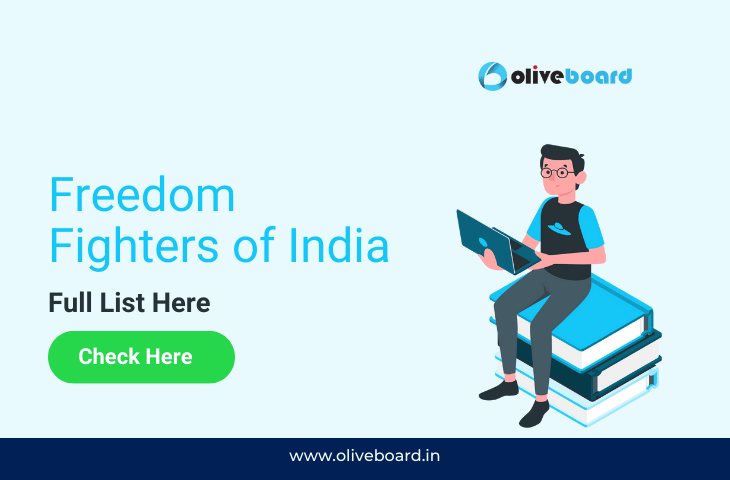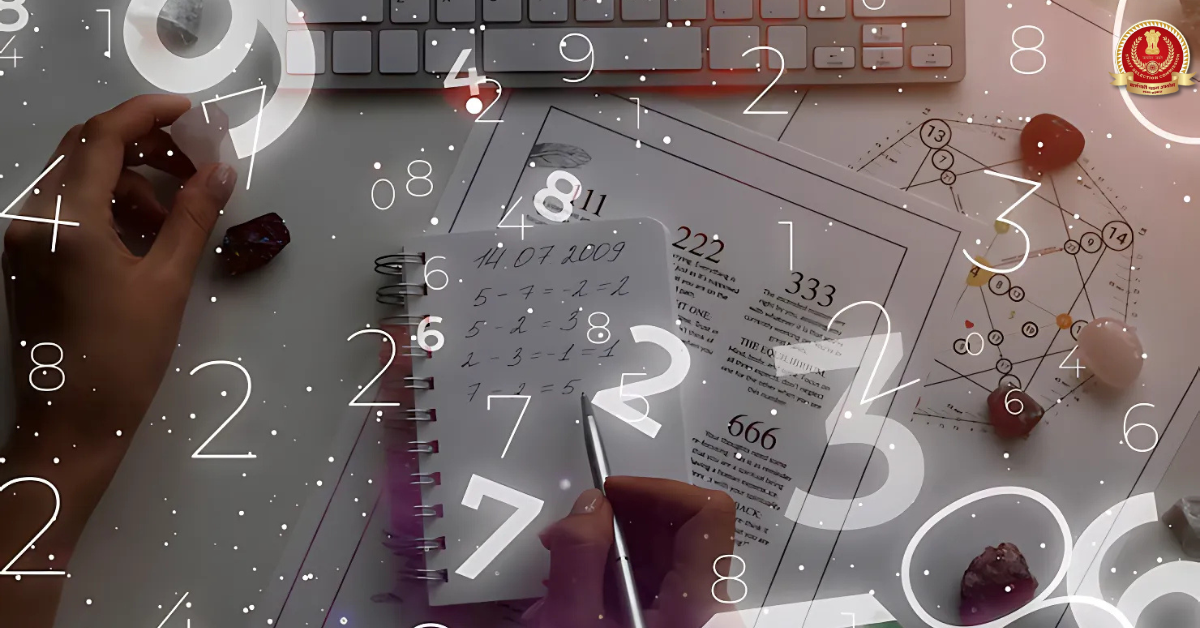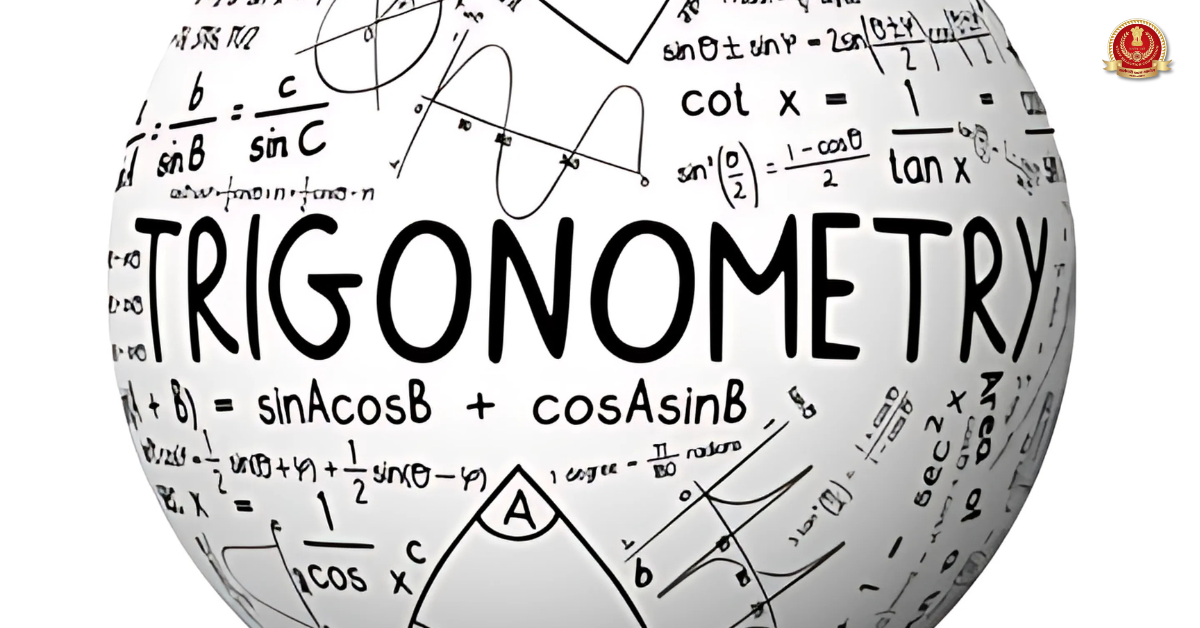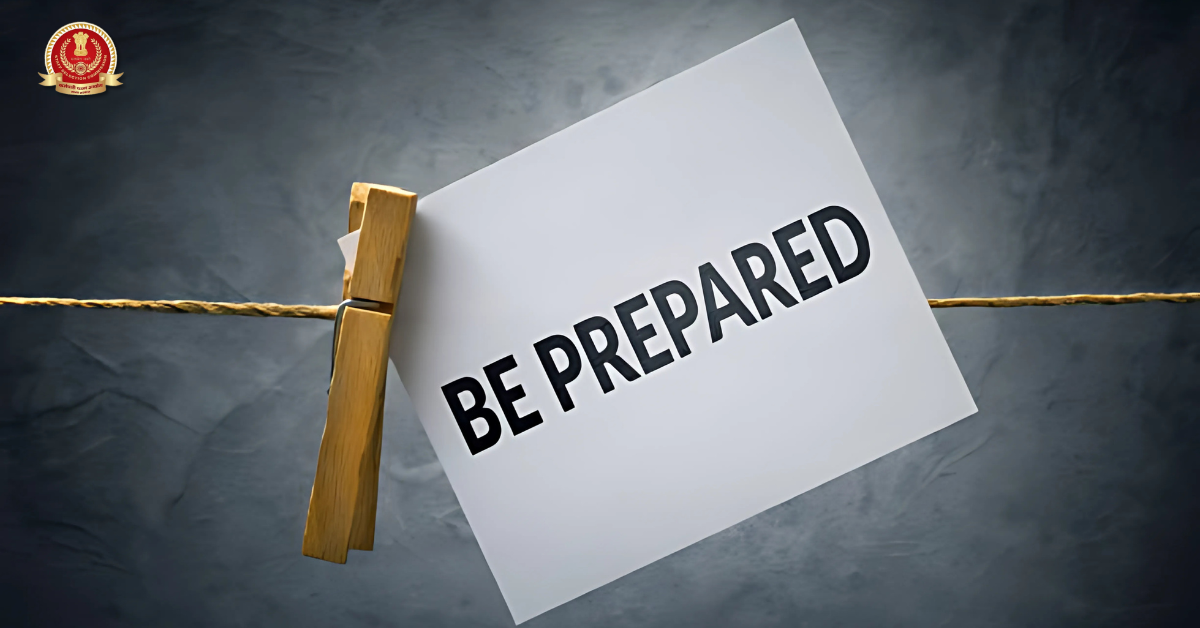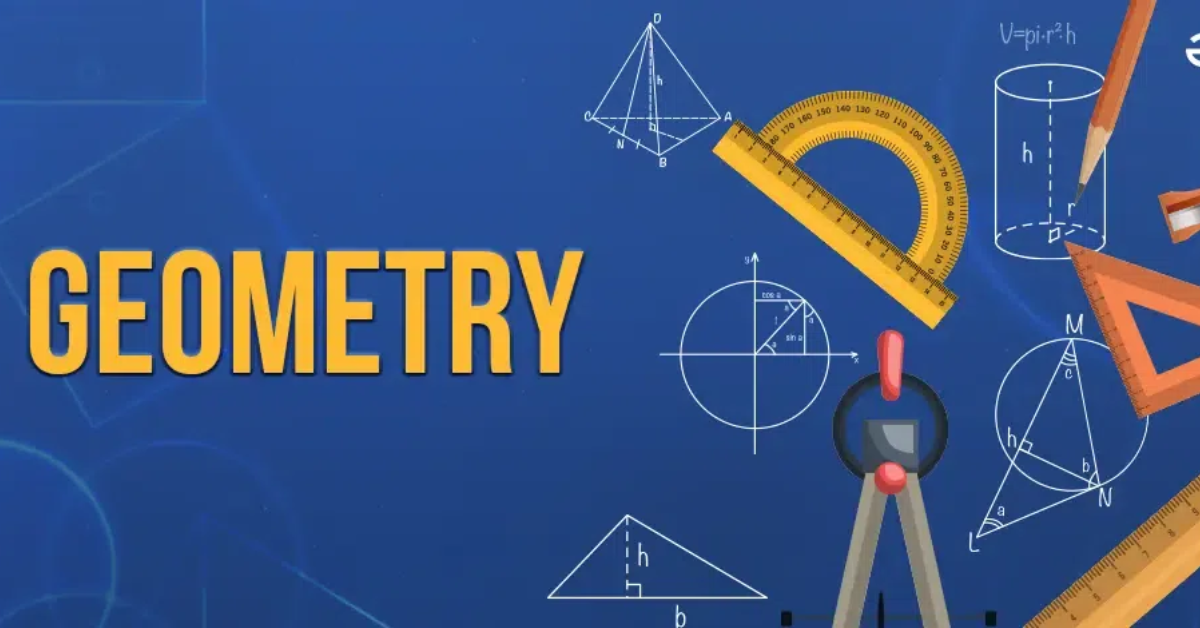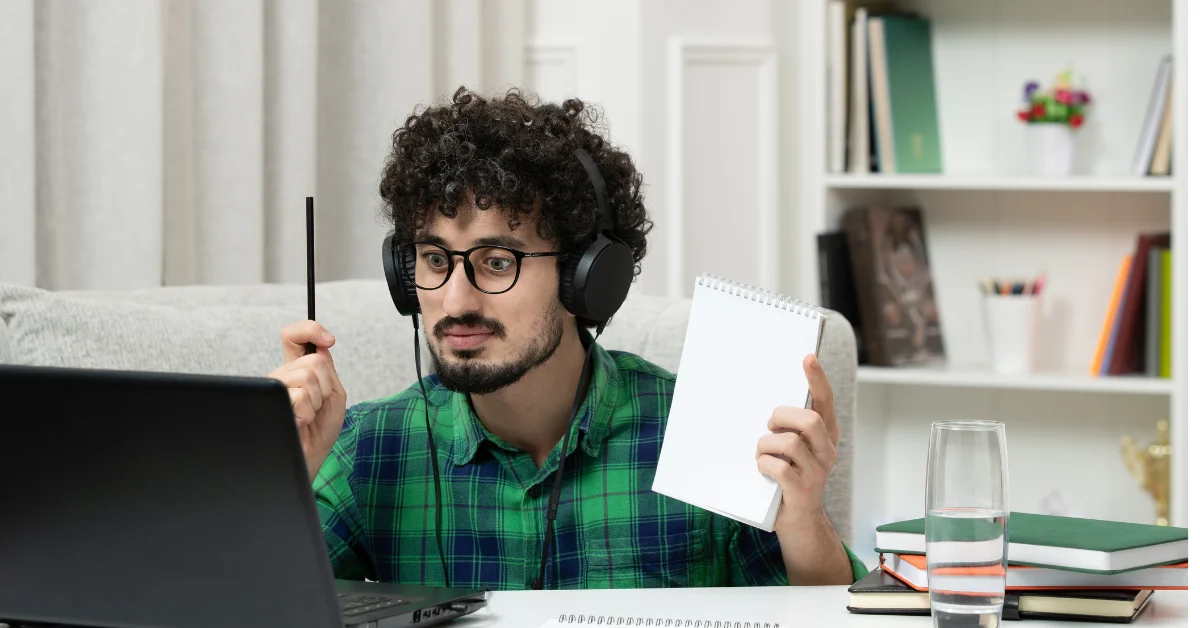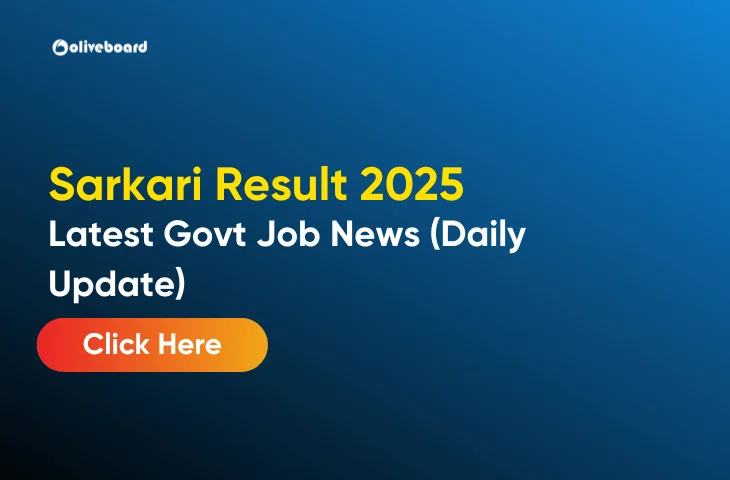Freedom Fighters of India
Freedom Fighters of India – India is not only diverse and culturally rich, but also historically rich. India was once referred to as the Golden Bird. The riches and majesty of the country drew opponents from all over the world throughout its history, despite the British occupying it for a very long period. After a protracted battle, the country achieved independence from colonial rule in 1947.
About Freedom Fighters
To preserve the nation’s honor, many freedom fighters sacrificed blood and energy on independence day. Some even sacrificed their lives to secure the nation’s independence. As a memorial to the countless valiant freedom warriors who gave their lives so that we could live in freedom, India Gate was constructed in Delhi. In this blog we shared with you details of such freedom fighters.
Top 100+ Freedom Fighters of India
| List of Freedom Fighters of India |
| Veer Savarkar |
| Lala Lajpat Rai |
| Bal Gangadhar Tilak |
| Dr. Rajendra Prasad |
| Dr. Lal Bhadur Shastri |
| Sardar Vallabhabhai Patel |
| Bhagat Singh |
| Subhas Chandra Bose |
| Mahatma Gandhi |
| Jawaharlal Nehru |
| Gopal Krishna Gokhale |
| Chandra Shekhar Azad |
| Dadabhai Naoroji |
| Tantia Tope |
| Bipin Chandra Pal |
| Ashfaqulla Khan |
| Nana Sahib |
| Sukhdev |
| Kunwar Singh |
| Mangal Pandey |
| V.D Savarkar |
| Annie Besant |
| Rani Lakshmi bai |
| Begum Hazrat Mahal |
| Kasturba Gandhi |
| Kamla Nehru |
| Vijay Laxmi Pandit |
| Sarojini Naidu |
| Aruna Asaf Ali |
| Madam Bhikaji Cama |
| Kamla Chattopadhyay |
| Sucheta Kriplani |
| Kittur Chennamma |
| Savitribai Phule |
| Usha Mehta |
| Lakshmi Sahgal |
| Dr. B.R Ambedkar |
| Rani Gaidinliu |
| Pingali Venkayya |
| Veerapandiya Kattabomman |
| Bakht Khan |
| Chetram Jatav |
| Bahadur Shah Zafar |
| Manmath Nath Gupta |
| Rajendra Lahiri |
| Sachindra Bakshi |
| Roshan Singh |
| Jogesh Chandra Chatterjee |
| Bagha Jatin |
| Kartar Singh Sarabha |
| Basawon Singh (Sinha) |
| Senapati Bapat |
| Kanaiyalal Maneklal Munshi |
| Tirupur Kumaran |
| Parbati Giri |
| Kanneganti Hanumanthu |
| Alluri Sitarama Raju |
| Bhavabhushan Mitra |
| Chittaranjan Das |
| Prafulla Chak |
| Abbas Tyabji |
| Abdul Bari |
| Abadi Bano Begum |
| Abdul Qaiyum Ansari |
| Alimuddin Ahmad |
| Ahmadullah Shah |
| Ambika Chakrabarty |
| Amarendranath Chatterjee |
| Anant Laxman Kanhere |
| Atulkrishna Ghosh |
| Badal Gupta |
| Baikuntha Shukla |
| Bankim Chandra Chatterjee |
| Barindra Kumar Ghosh |
| Batukeshwar Dutt |
| Benoy Basu |
| Bhagwati Charan Vohra |
| Bhikaiji Cama |
| Babu Bhoop Singh |
| Bhupendranath Datta |
| Bhupendra Kumar Datta |
| Bina Das |
| Binod Bihari Chowdhury |
| Chowdary Satyanarayana |
| Dhan Singh Gurjar |
| Dheeran Chinnamalai |
| Dinesh Gupta |
| Durgawati Devi |
| Fakhruddin Ali Ahmed |
| Ganesh Damodar Savarkar |
| Ganesh Ghosh |
| George Joseph (Kerala) |
| Hafizur Rahman Wasif Dehlavi |
| Hakim Ajmal Khan |
| Habib ur Rahman (Indian National Army officer) |
| Seth Harchandrai Vishandas |
| Hare Krishna Konar |
| Hridyaram Mahashye |
| Hemchandra Kanungo |
| Hemu Kalani |
| Inayatullah Khan Mashriqi |
| Jatindra Nath Das |
| Jawahar Lal Nehru |
| Jayi Rajaguru |
| Kali Charan Banerjee |
| Kalpana Datta |
| Kamal Nath Tewari |
| Kamarajar |
| Kazi Nazrul Islam |
| Khudiram Bose |
| Komaram Bheem |
| Krishnaji Gopal Karve |
| Babu Kunwar Singh |
| Kushal Konwar |
| Maulvi Liaquat Ali |
| Lokenath Bal |
| Madan Lal Dhingra |
| Madhusudan Das |
| Maghfoor Ahmad Ajazi |
| Mahmud Hasan Deobandi |
| Matangini Hazra |
| Maveeran Alagumuthu Kone |
| Mazhar Nanautawi |
| Mohammad Farooq Chishti |
| Mohandas Karamchand Gandhi |
| Muhammad Qasim Nanautavi |
| Maulana Mazharul Haque |
| Nemalipuri Radhakrishnamma Panthulu |
| Mithuben Petit |
| Mufti Abdul Razzaq |
| Narada Muni |
| Pazhassi Raja |
| Prabhavati Devi |
| Prafulla Chaki |
| Pritilata Waddedar |
| Puli Thevar |
| Radhanath Rath |
| Raja Nahar Singh |
| Ram Lakhan Singh Yadav |
| Ram Prasad Bismil |
| Rafi Ahmed Kidwai |
| Ramesh Chandra Jha |
| Rani of Jhansi |
| Rash Behari Bose |
| Rosamma Punnoose |
| S. Satyamurti |
| Sangolli Rayanna |
| Sardar Vallabhbhai Patel |
| Shambhu Dutt Sharma |
| Shah Nawaz Khan (general) |
| Shaukat Ali |
| Shivaram Rajguru |
| Shyamji Krishna Varma |
| Sri Aurobindo |
| Subodh Roy |
| Subramania Bharati |
| Sukhdev Thapar |
| Surendranath Tagore |
| Surya Sen |
| Sushila Chain Trehan |
| Sushila Didi |
| Saifuddin Kitchlew |
| Swami Shraddhanand |
| Tanguturi Prakasam Pantulu |
| Tara Rani Srivastava |
| Titumir |
| Titusji |
| T. V. Thomas |
| Pasumpon Muthuramalinga Thevar |
| Ubaidullah Sindhi |
| Udham Singh |
| Ullaskar Dutta |
| Ulloor Gopi[22] |
| Umaji Naik Khomane |
| Uyyalawada Narasimha Reddy |
| Uzair Gul Peshawari |
| V. O. Chidambaram Pillai |
| Vanchinathan |
| Vasudev Balwant Phadke |
| Variyan Kunnathu Kunjahammed Haji |
| Velu Nachiyar |
| Vinayak Damodar Savarkar |
| Zakir Husain |
Freedom Fighters of India
1. Sardar Vallabh Bhai Patel (31 October 1875 – 15 December 1950)

Sardar Vallabh Bhai Patel, also referred to as the Iron Man of India and the Indian Bismarck, was well known for his courage and heroism from an early age. Sardar Patel, who was at first a lawyer, quit his job to fight for India’s freedom from British rule.
He was chosen to be India’s Deputy Prime Minister after the country gained its independence, and while in that position, he fought relentlessly to integrate princely states into the Union of India. In addition, he was given the honorary Bharat Ratna Award for his diligence and commitment.
2. Jawaharlal Nehru (14 November 1889 – 27 May 1964)
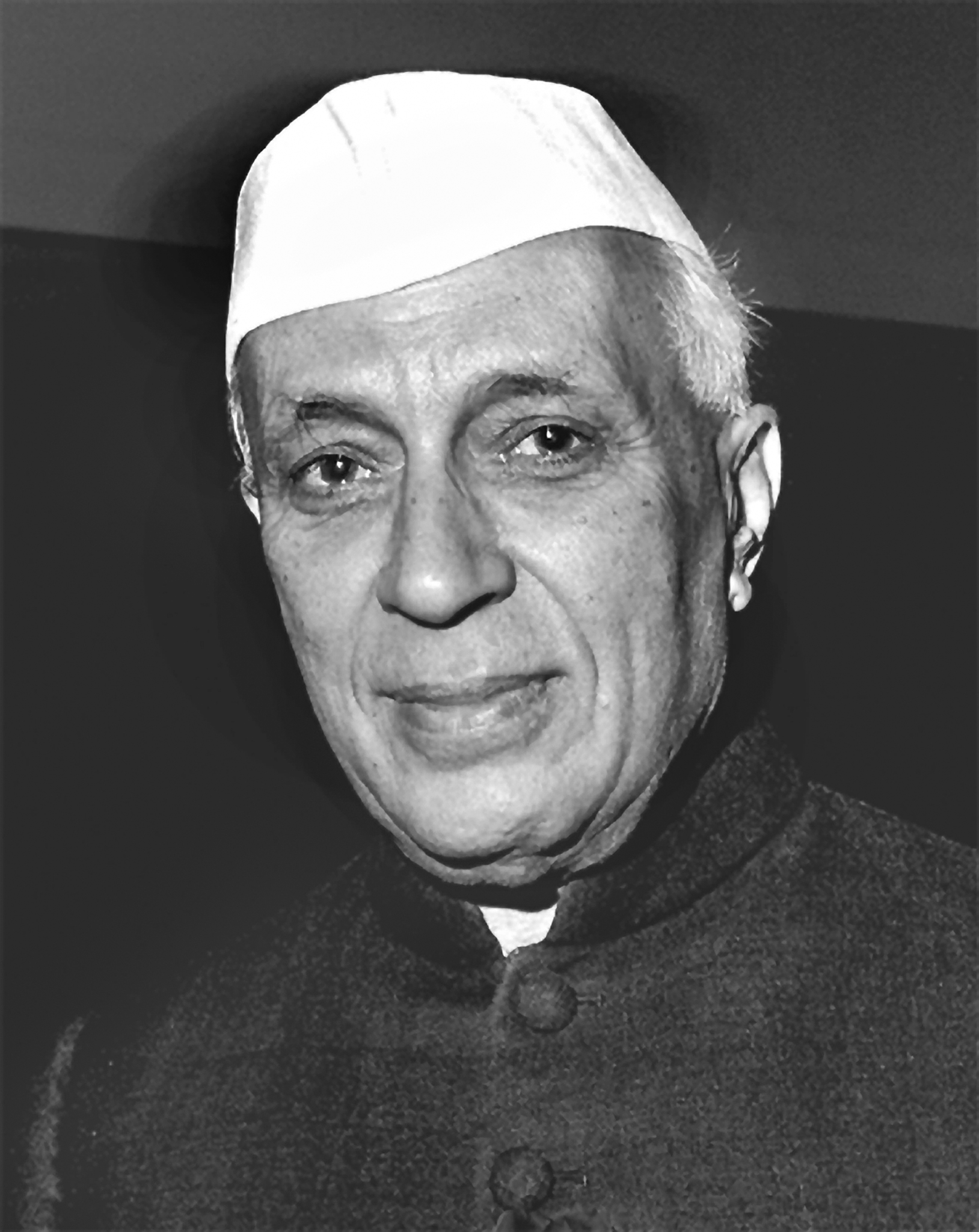
His birthday is observed as Children’s Day because Chacha Nehru, as he was affectionately called, enjoyed children so much. Nehru gained renown as an Indian independence activist and politician after beginning his career as a lawyer.
His zeal for India’s independence was greatly influenced by Mahatma Gandhi’s attempts to liberate the country from the British. He took part in the fight for independence, advanced to the position of Indian National Congress President, and was subsequently chosen to serve as the nation’s first Prime Minister after independence.
3. Mohandas Karamchand Gandhi (2 October 1869 – 30 January 1948)
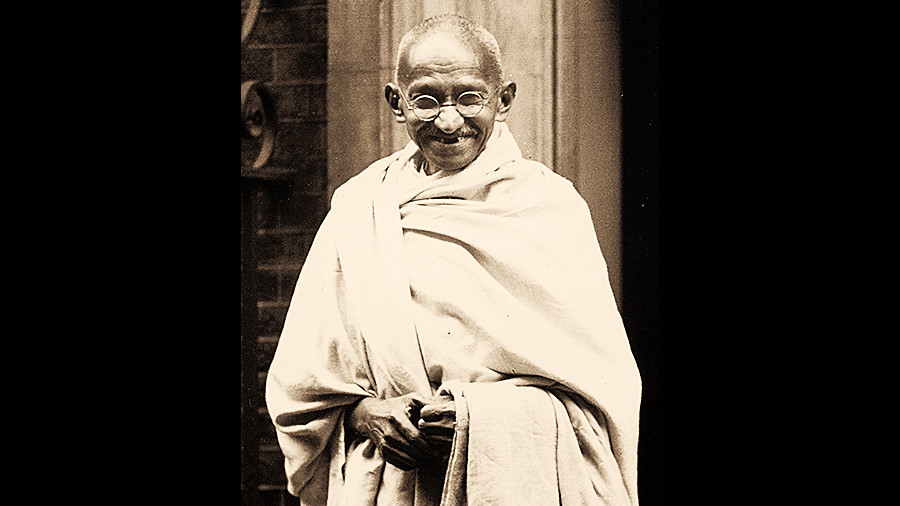
Mahatma Gandhi is known as the “Father of the Nation” due to his outstanding (mahan) acts, which include nonviolent movements. He wed Kasturba when he was 13 and then went to London to study law before moving to South Africa to start his legal career.
There, he witnessed racial injustice against some Indians, which motivated him to fight for human rights. Gandhi ardently joined the liberation movement after learning that Englishmen were in charge of India.
In his campaign for independence, freedom fighter Mahatma Gandhi organised a number of non-violent demonstrations against the British populace, such as the “Dandi March” movement, which he led while marching barefoot to abolish the salt tax.
4. Lal Bahadur Shastri (2 October 1904 – 11 January 1966)
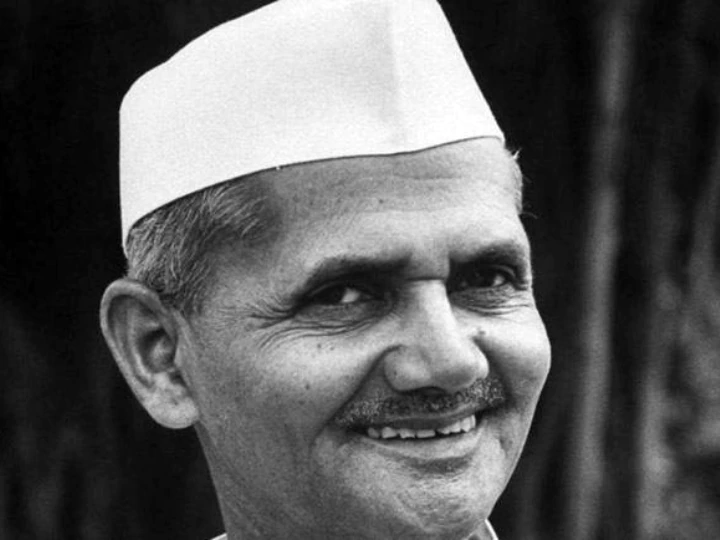
In 1904, Lal Bahadur Shastri was born in the Uttar Pradesh city of Mughalsarai. He was awarded the title of “Shastri” Scholar when he completed his studies at Kashi Vidyapeeth. He participated as a silent but active liberation fighter in the Mahatma Gandhi-led Salt Satyagraha campaign, the Civil Disobedience movement, and the Quit India movement.
He spent a lot of time in prison since he was a freedom fighter for independence. Prior to being chosen as India’s second prime minister in 1964, he served as home minister during the country’s independence. In 1965, he coined the catchphrase “Jai Jawan, Jai Kisan,” which is still used today.
5. Dr Rajendra Prasad (3 December 1884 – 28 February 1963)
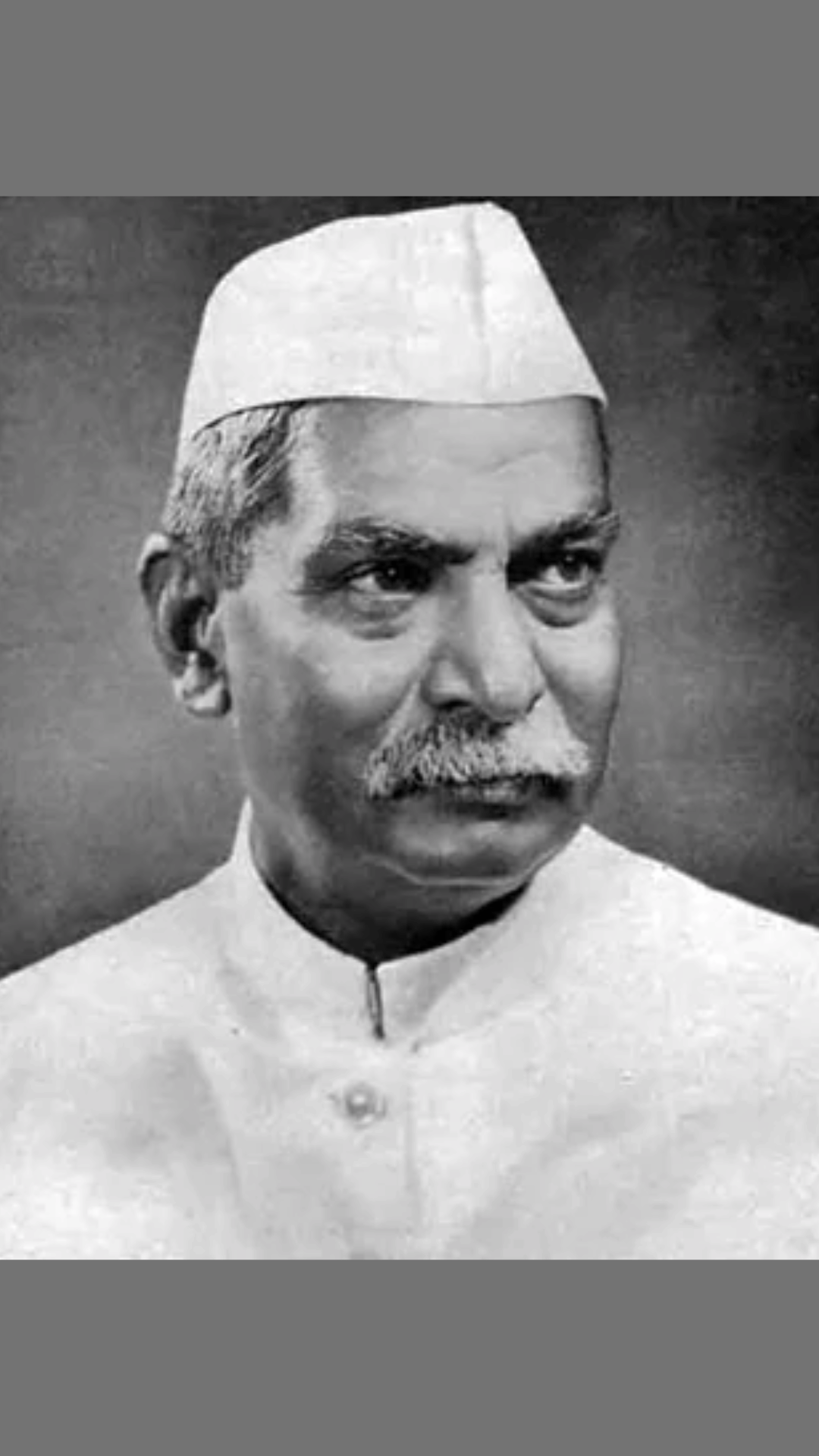
On the list of the most well-known liberation warriors in India, Dr. Rajendra Prasad, the architect of the Indian Constitution and the first president of the independent nation, comes in second.
He was an ardent supporter of Mahatma Gandhi. Dr. Rajendra Prasad, India’s first president from 1950 to 1962, achieved his objective in 1947.
He was also one of the first presidents of India to be elected to two terms in a row. During the Independence Movement, he raised funds for Searchlight and Desh and wrote articles for these publications. The highest civilian award, the Bharat Ratna, was also given to Prasad in 1962.
6. Subhas Chandra Bose (23 January 1897 – 18 August 1945)

The liberation fighter Subhas Chandra Bose, also referred to as Netaji, was born in Orissa. He might have been compelled to flee England for India in 1921 as a result of the Jallianwala Bagh Massacre.
He joined the Indian National Congress and took part in the movement for civil disobedience. He eventually formed the Azad Hind Government & Azad Hind Army, today known as the Indian National Army (INA), where he trained and oversaw all independence fighters after growing disillusioned with Gandhi Ji’s non-violent method of freedom.
7. Lala Lajpat Rai (28 January 1865 – 17 November 1928)
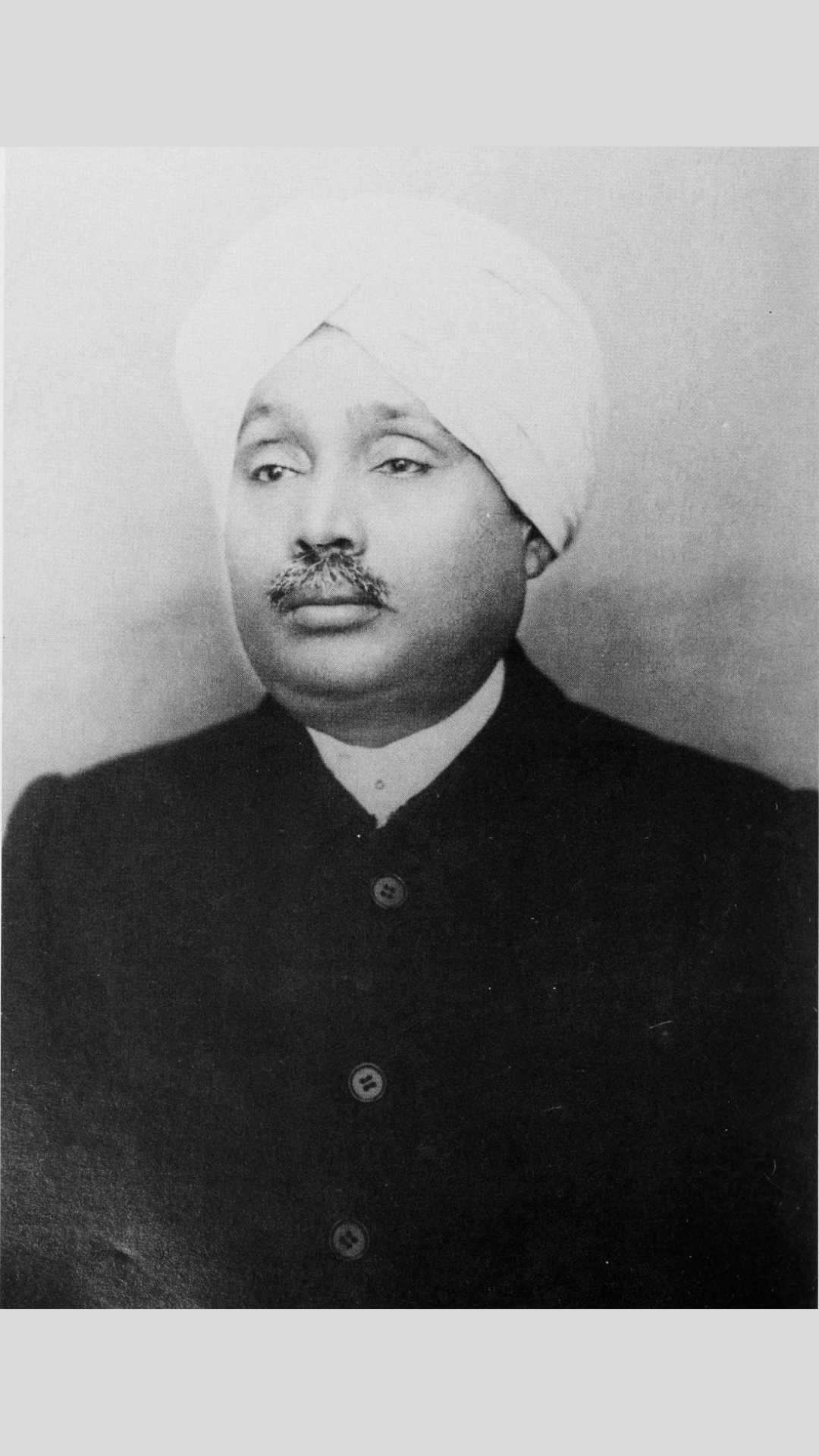
Lala Lajpat Rai, popularly referred to as “Punjab Kesari,” was a writer and nationalist liberation fighter from India. He belonged to the Lal-Bal-Pal triad and was an extremist member of the Indian National Congress.
After the incident at Jalliawala Bagh, he became well-known in 1920 as a result of his leadership of the Punjab Protest and the Non-Cooperation Movement. In 1928, during a Simon Commission protest over a punitive British Lathi charge, he passed suddenly.
8. Bhagat Singh (28 September 1907 – 23 March 1931)
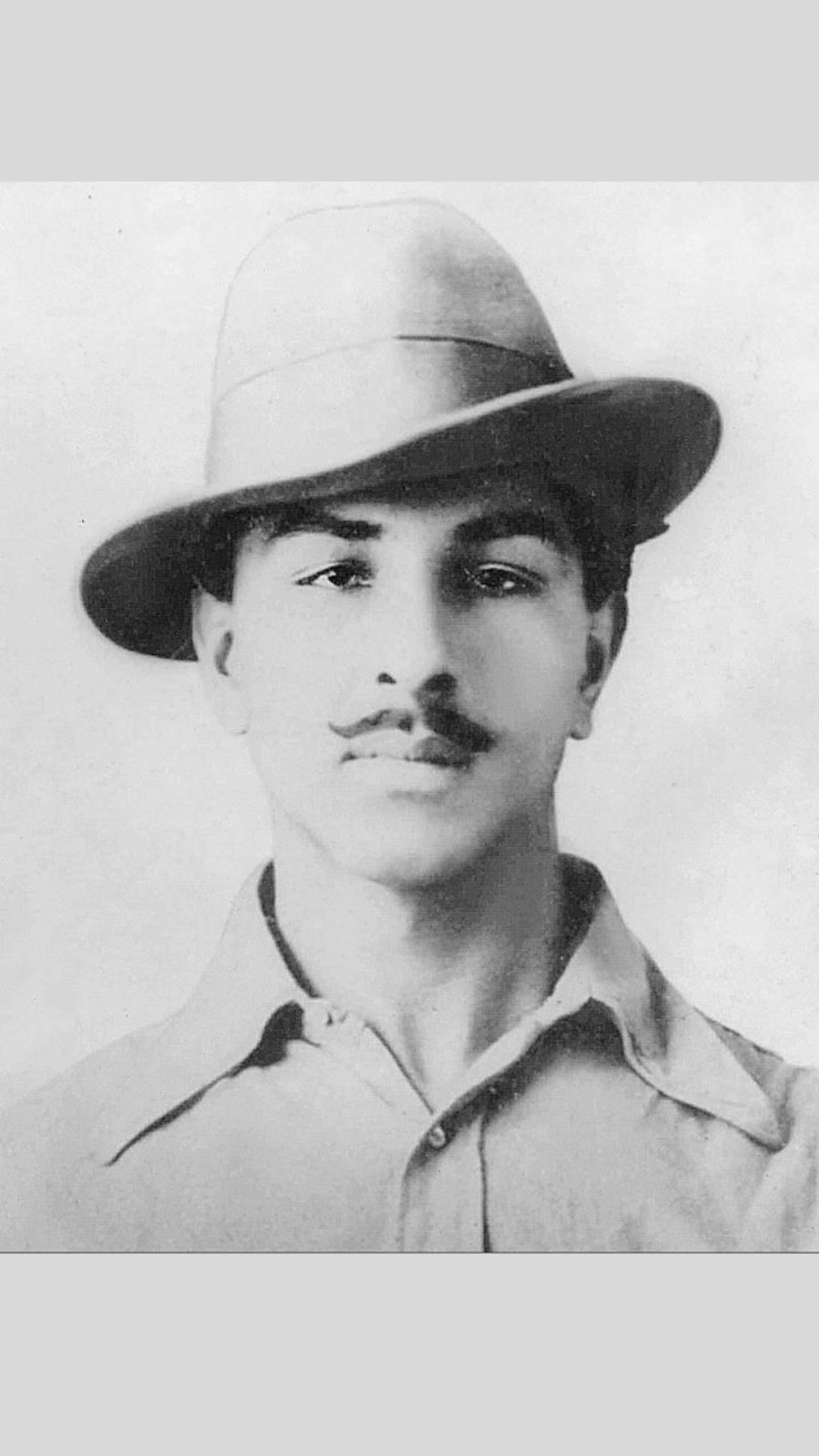
The controversial and my personal favourite Indian Freedom Fighter, Bhagat Singh was a well-known rebel who ultimately passed away as a proud martyr for his country. He came from a Sikh family of freedom fighters and was born in Punjab. He joined the non-Cooperation movement in 1921 as a naturalised citizen.
He established the “Naujawan Bharat Sabha” to promote patriotism among Punjabi youngsters. The Chauri-Chaura Massacre fundamentally altered him.
He was hanged by British invaders at the age of 23. His catchphrase has always been “Shaheed (martyr) Bhagat Singh.” The phrase “Inquilab Zindabad” was made popular by freedom fighter Bhagat Singh, and it finally turned into the national song of the Indian independence movement.
9. Mangal Pandey (19 July 1827 – 8 April 1857)
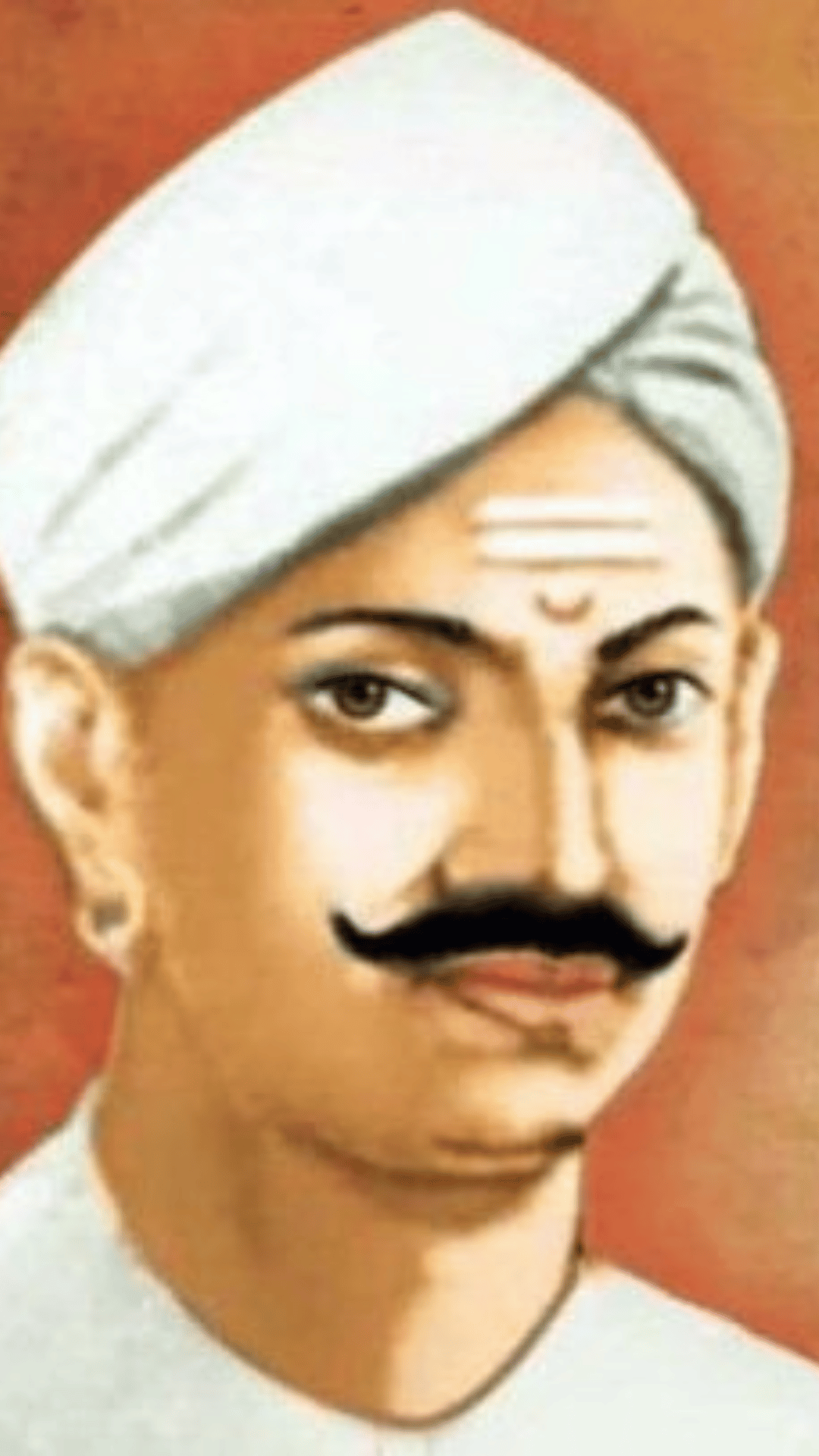
He was the nation’s first freedom fighter. He was a British Army soldier, but when he discovered that the cartridges the soldiers were given were greased with pig fat, he rebelled.
Mangal Pandey gave the Indian people inspiration by first using the words “Maro Firangi Ko.” His insurrection was the impetus behind the initial liberation effort.
He was among the first rebels to inspire young Indian troops to launch the Great Rebellion, also known as the Indian Mutiny and also known as India’s First War of Independence, in 1857.
10. Nana Sahib (19 May 1824 – 1859)
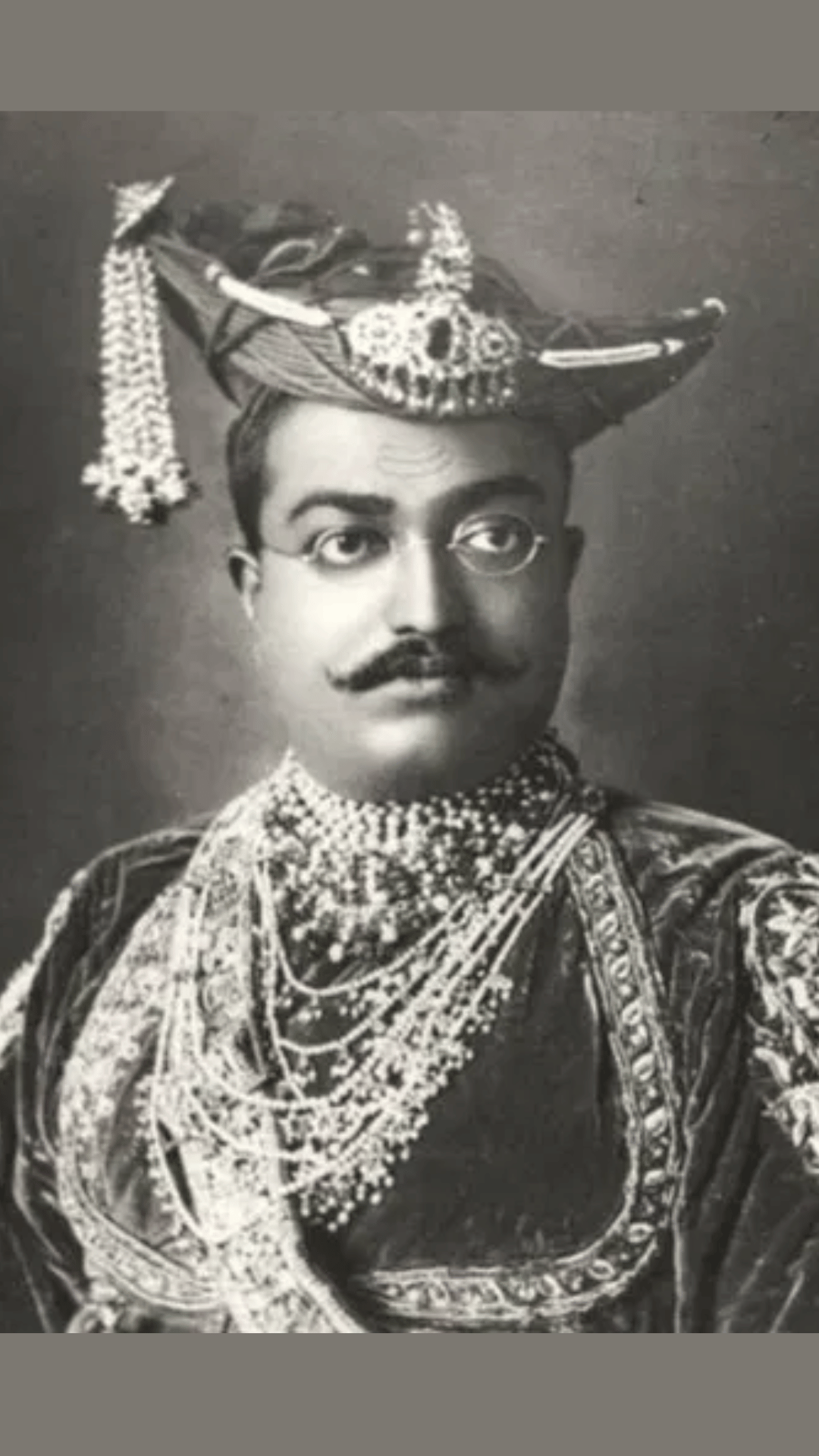
The 1857 uprising was greatly aided by Nana Sahib, who led a group of ardent revolutionaries. He overran the British soldiers in Kanpur by slaying the force’s remnants, endangering the British camp.
Nana Sahib was not just daring and brave, but also a gifted administrator who managed and organised hundreds of Indian troops. He is one of India’s best liberation warriors.
Also Read:
Women Freedom Fighters of India
- Sarojini Naidu
- Madam Bhikaji Cama
- Begum Hazrat Mahal
- Aruna Asaf Ali
- Annie Besant
- Kasturba Gandhi
- Kamala Nehru
- Vijaya Lakshmi Pandit
List of Women Freedom Fighters of India
1. Sarojini Naidu
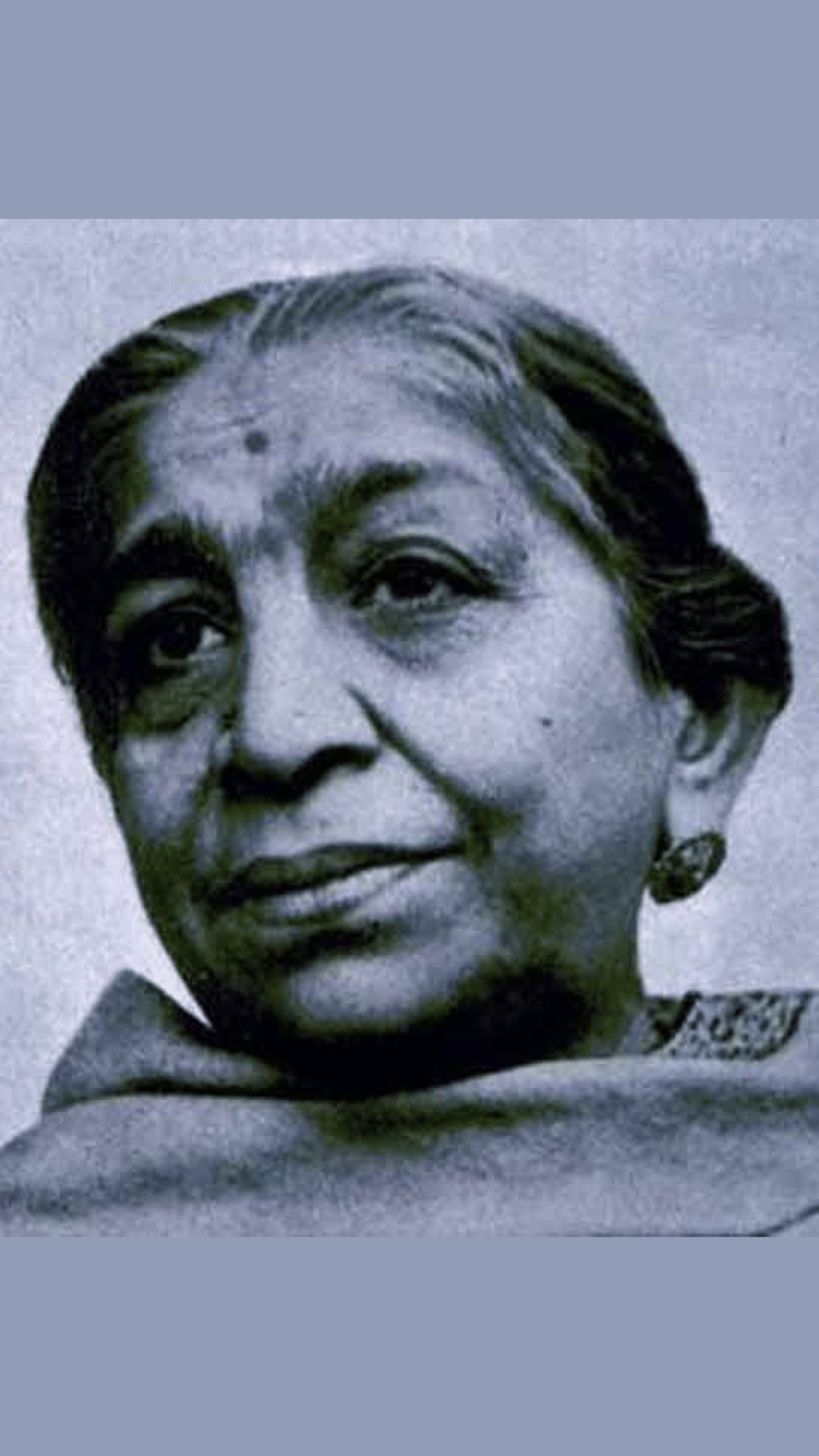
She was a well-known poet, independence fighter, and orator who was also known as the “Nightingale of India.” She was chosen to serve as the Indian National Congress’s president in 1925. She supported the Khilafat Movement and the Quit India Movement (Indian Disobedience).
2. Madam Bhikaji Cama
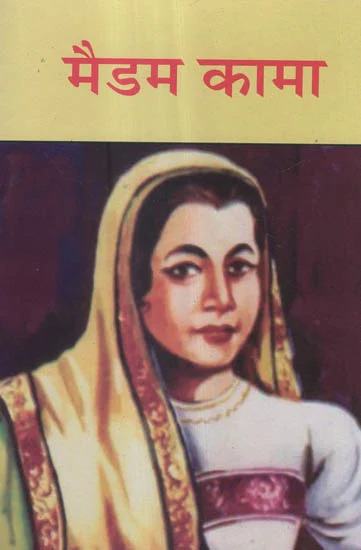
At the International Socialist Conference in Germany in 1907, she raised the first Indian National Flag.
3. Begum Hazrat Mahal
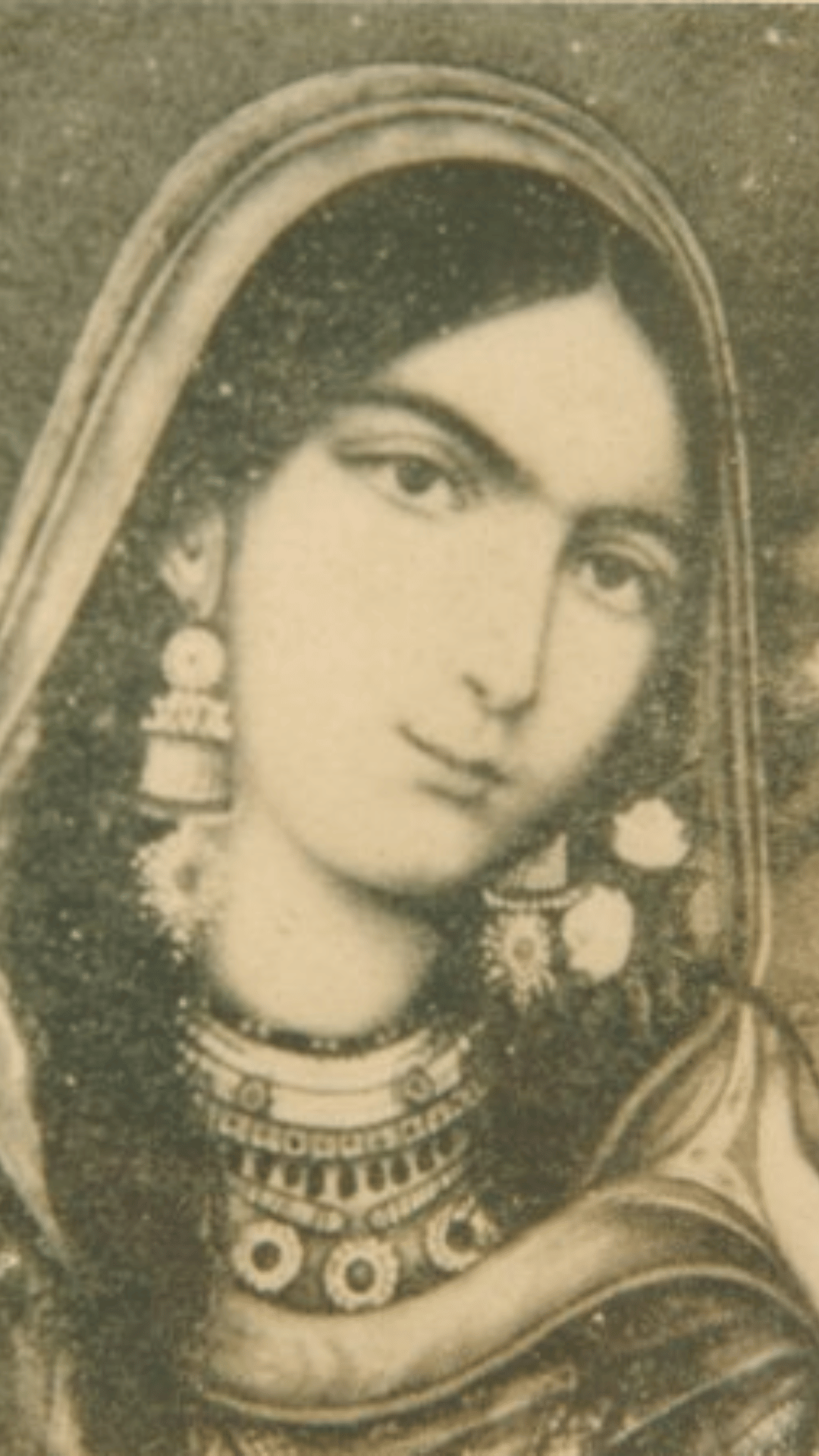
She was a significant participant in India’s First Independence War and also went by the name “Begum of Awadh” (1857-58).
She worked alongside Nana Saheb, Tantia Tope, and others on the Revolt. In 1984, the Indian government issued a stamp in honour of Begum Hazrat Mahal.
4. Aruna Asaf Ali

Aruna was an ardent supporter of the Congress Party and marched in public during the Salt Satyagraha. She served as the monthly editor of “In-Qilab,” a newspaper of the Indian National Congress.
She is considered to as the Grand Old Lady of the Independence Movement. She is famed for hoisting the Indian National Congress flag in Bombay during the Quit India Movement.
5. Annie Besant

She joined the Indian National Congress and got involved in the country’s politics and education. She was an accomplished Irish Theosophical Society member. She served as the first female president of the Congress. In 1916, she started the Indian Home Rule Movement.
The “New India” newspaper was started by her. She established a number of organizations and institutions, including the Central Hindu College High School in Banaras (1913).
6. Kasturba Gandhi
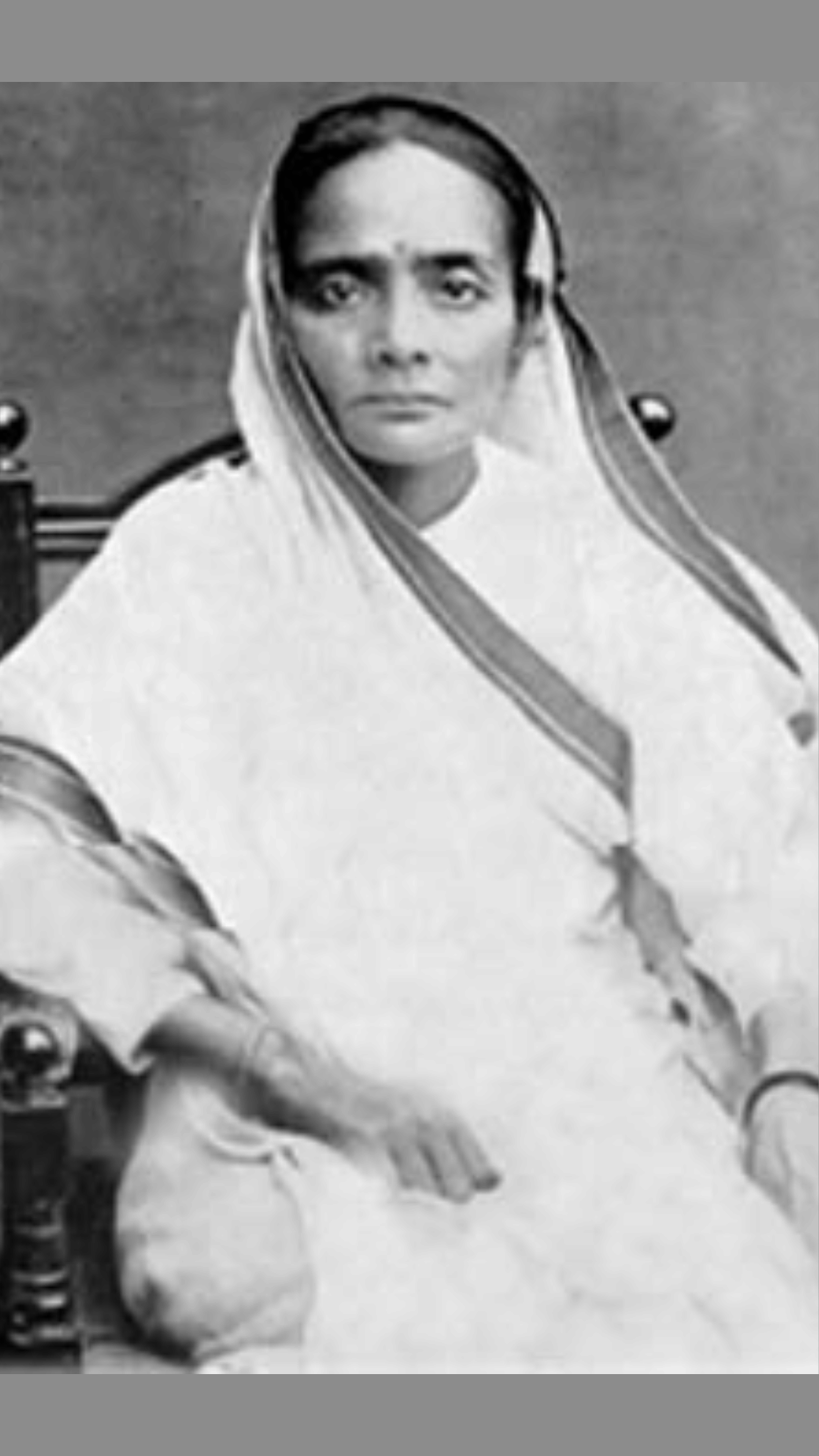
She participated in the Rajkot Satyagraha and the No Tax Campaign alongside Indigo workers in Champaran, Bihar, and she led the Women’s Satyagraha.
7. Kamala Nehru

Jawaharlal Nehru’s wife Kamala participated actively in the liberation fight. In addition to organizing the United Provinces No Tax Campaign, she assisted in organizing rallies and picketing liquor and foreign clothes stores.
8. Vijaya Lakshmi Pandit

She was Motilal Nehru’s daughter and the leader of the Congress Party. To oppose British hegemony, she joined the Non-Cooperation Movement. During the Quit India Movement in both 1940 and 1942, she was imprisoned. She acted as India’s representative at many international gatherings after the country gained independence.
- Why is The SSC CGL Called a Mini IAS?
- Important Number System Questions for SSC Exams, Practice Here
- Trigonometry Questions For SSC CGL 2025, Solve Important Questions
- How to Prepare for SSC CGL with Full Time Job? Get Complete Guide
- 40 Geometry Formulas PDF – Download Here
- RRB ALP Mock Test 2025 Official Link , Know How to Solve
- Sarkari Result 2025, Latest सरकारी नौकरी Updates & Results
- RRB ALP Vs RRB JE, Which is Better Job?
- Central Bank of India Apprentice Exam Date 2025 Out
Freedom Fighters in India: Frequently Asked Questions
Rani Lakshmi bai, popularly referred to as Jhansi ki Rani, was one of the most notable and pioneering women to fight for India’s independence.
Sahibzada Fateh Singh (12 December 1699 – 28 December 1744) was a liberation fighter who died at the age of twelve, making him the third-youngest martyr in history.
Mahatama Gandhi was born on 2nd October 1869.
Netaji Subhash Chandra was born on 23rd January 1897 in Cuttack.

Hello there! I’m a dedicated Government Job aspirant turned passionate writer & content marketer. My blogs are a one-stop destination for accurate and comprehensive information on exams like Regulatory Bodies, Banking, SSC, State PSCs, and more. I’m on a mission to provide you with all the details you need, conveniently in one place. When I’m not writing and marketing, you’ll find me happily experimenting in the kitchen, cooking up delightful treats. Join me on this journey of knowledge and flavors!
